How to Turn a Designer Dress into Your New #MeMade Style
Do you ever see a designer dress or RTW (ready to wear) style that you fall in love with?
Do you follow that love with “I could make that”?
My toxic trait is always saying “I can make that.” “I’ll just sew that up for myself.” Or even worse, telling my sister when we are out shopping “Oh, don’t buy that, I can make it.” (And then never do because I find sewing for other people more emotionally difficult than anything else.) Insert a big sigh here.
Well lucky for me…not for my sister…is that I can usually find some sort of sewing pattern that fits the bill to dupe that designer dress. Sometimes lots of hacking is involved and sometimes I am lucky enough to have to do very little. The pattern I stumbled upon is the Vogue V1951 x Rachel Comey dress. It is an a-line midi dress with cutout details at the bodice and side and it screamed “You Fancy!” as soon as I saw it.
As I prepped my project list, I was missing a fancier style dress- a dress for a wedding or date night. Holiday party or date night. The Rachel Comey pattern fit the bill (as I mentioned before).
For this dress, I wanted to use a versatile fabric that had some structure to it. Selfishly- I wanted structure because other sewists who made this dress with synthetic or slinkier material had a difficult time wrestling with it. Poplin is a material that I have been continuing to gravitate more towards. I also knew it needed to be black in color. It’s sleek, it’s sophisticated, and it goes with everything. I play with color so much, but black is always a foundation that I pull from- especially in the colder seasons.
If you didn’t know, cotton poplin is a lightweight, tightly woven fabric made from plain weave cotton threads. It has a smooth, even surface with a slightly crisp drape. Poplin is typically made from 100% cotton, which makes it easy to wash, press, and sew.
Most people will associate poplin with crisp button-ups and summer basics. But why can’t it be more than that? Trousers, dresses, skirts, shorts- poplin is not only a summer material but a perfect transitional fabric into fall. The IC012 Black Poplin has entered the chat.
Pattern. Check.
Fabric. Check.
Color. Check.
Based on the experiences I have had with Vogue patterns (and those of other sewists), I ended up sizing down two sizes in the V1951 pattern. I made omissions after deeming them completely unnecessary (ie: invisible side zipper and fully lined skirt), as well as needed to reduce the elastic lengths for both the bodice and skirt. Let’s just say- there is LOTS of ease and flexibility in sizing.
Although the fit isn’t perfect (I didn’t make a toile!), I already know that this dress is one that I will wear a lot this fall by having fun with styling and layers.
I don’t regret my fabric choice at all. The poplin lends itself to being lightweight, fairly wrinkle free, and best of all- easily thrown into the washing machine.





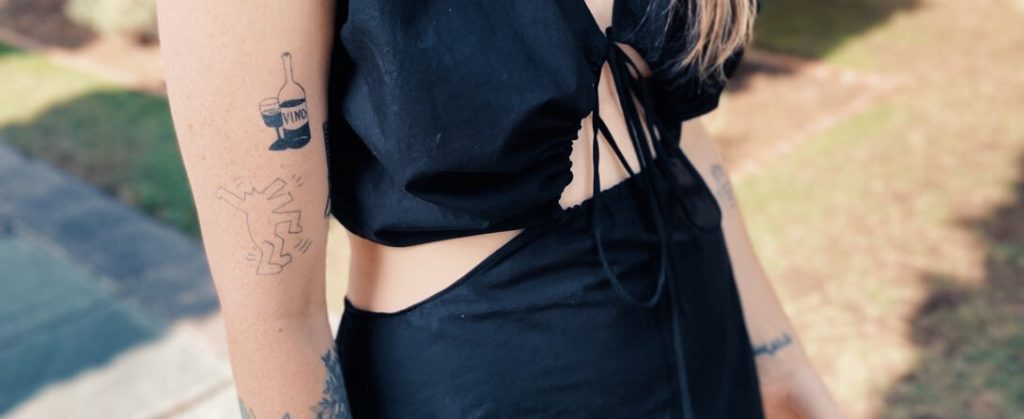
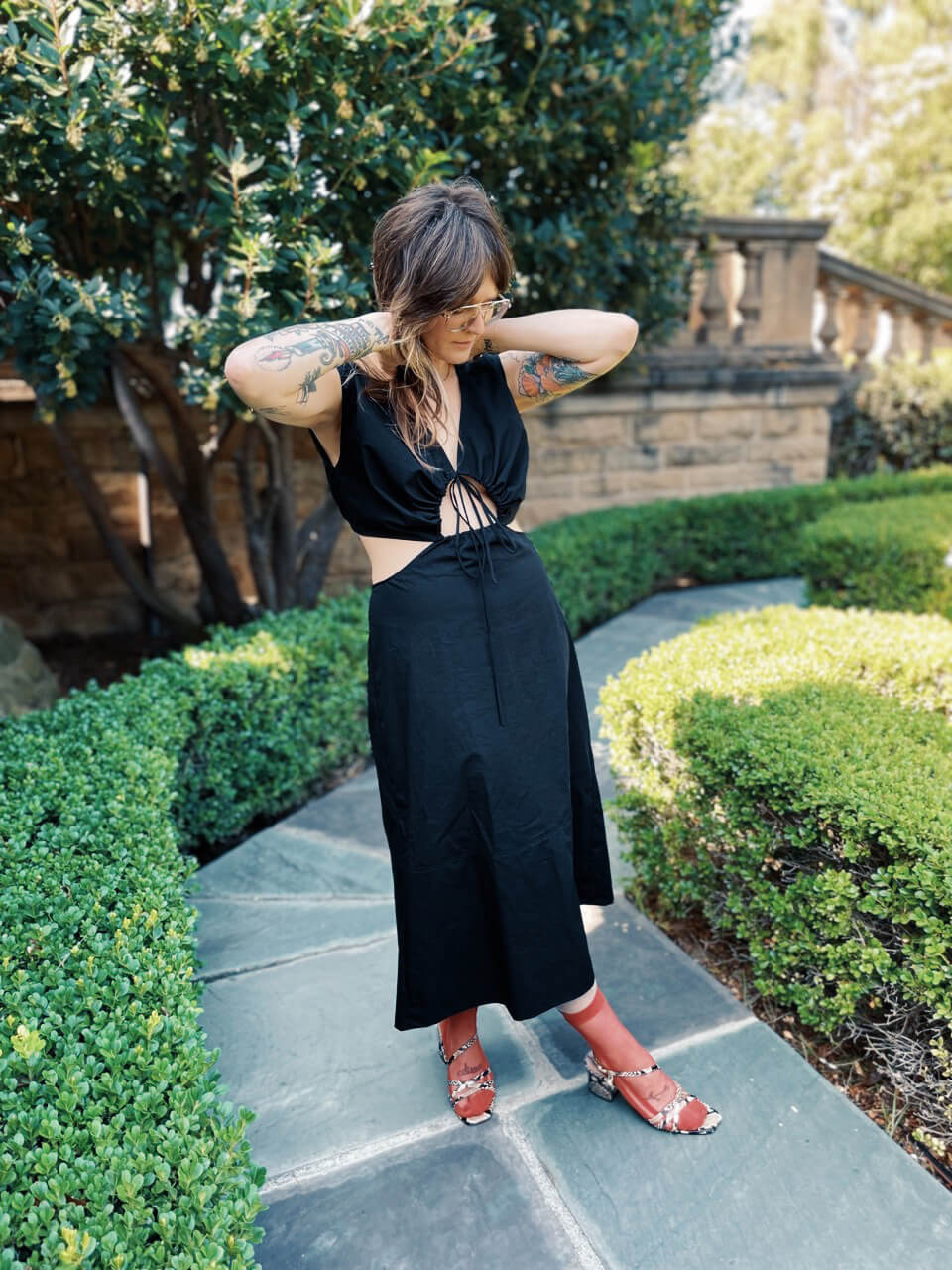
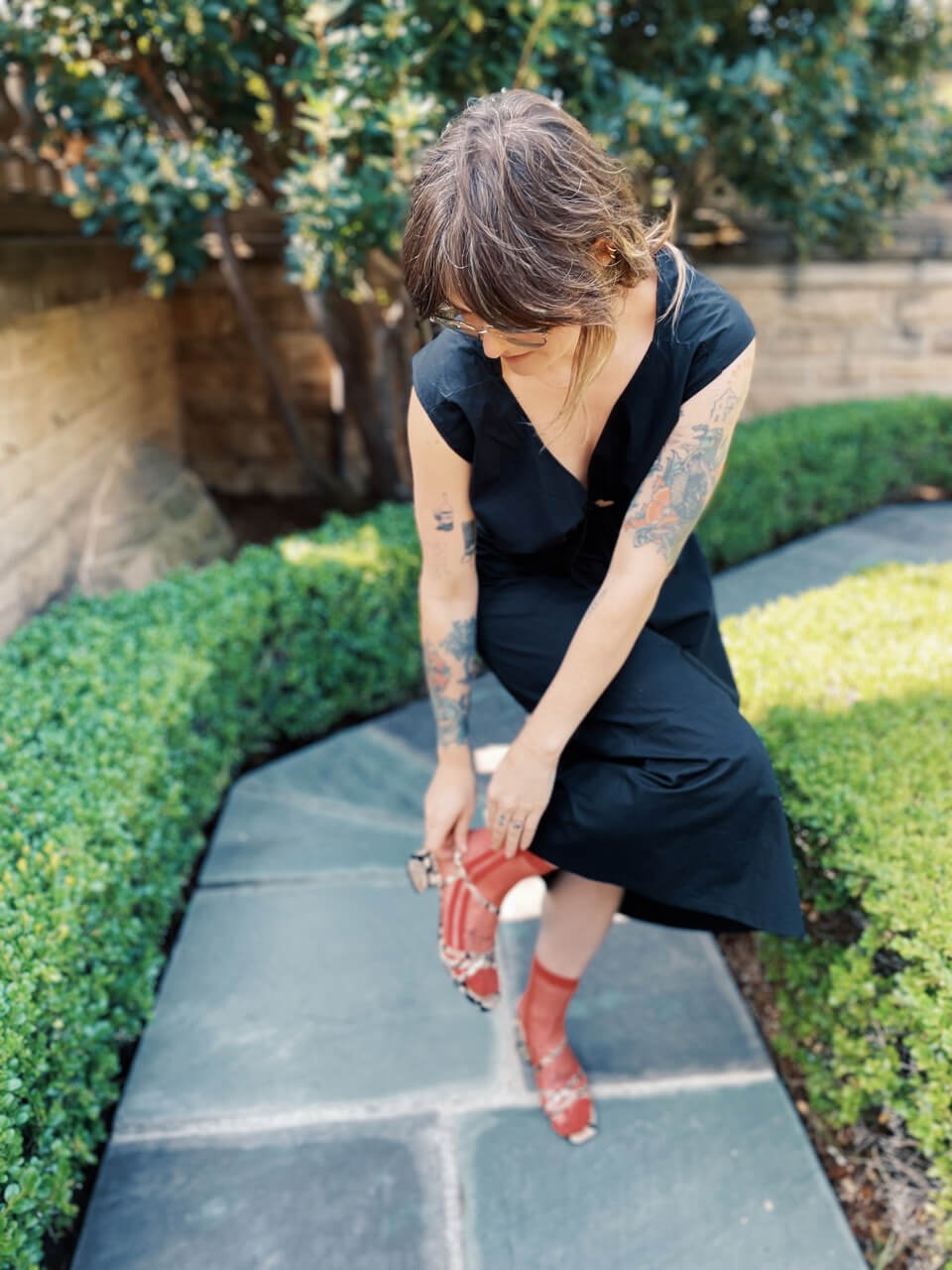
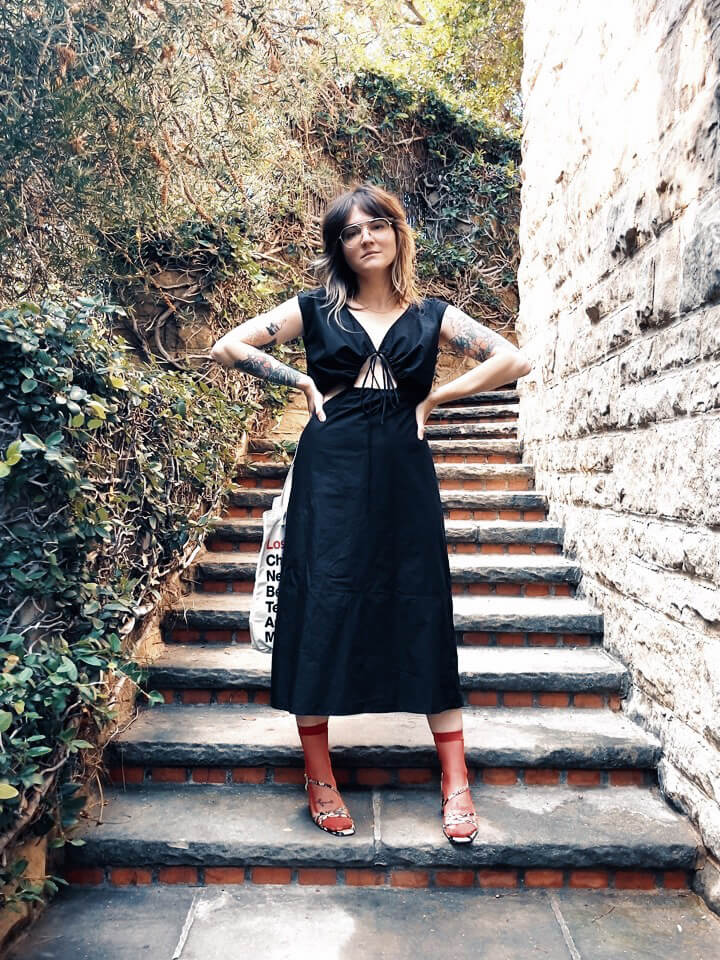

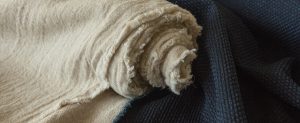



















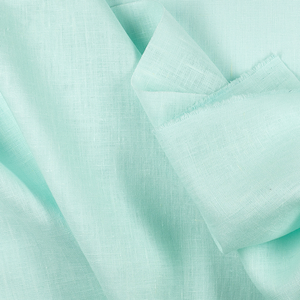
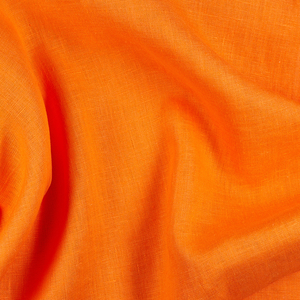

















2 Comments
Natica style
Love this creative upcycled idea. Making a designer dress into a personalized item is a brilliant idea. The logical guide makes it so approachable. Can’t wait to try this stylish DIY transformation.
D Martin
I was puzzling over the implications of using slinkier fabrics implying a sexist for a bit before I finally realized it was a typo!